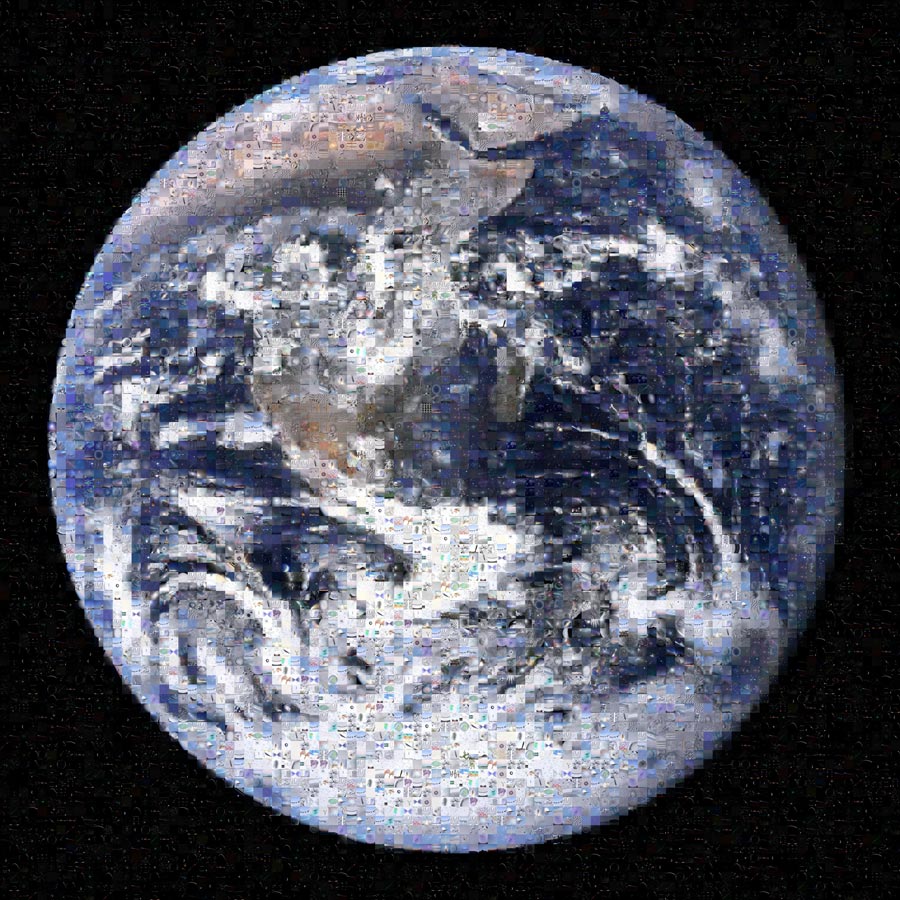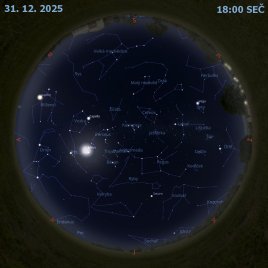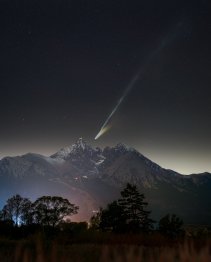Mozaika: Vítejte na planetě Zemi

Uznání: Apollo 17 Crew, NASA; Photographic Mosaic & Digital Copyright: Rob Stevenson
Vítejte na Zemi, třetí planetě od hvězdy zvané Slunce. Země má tvar koule a skládá se většinou z hornin. Přes 70 procent zemského povrchu tvoří voda. Tato planeta má poměrně řídkou atmosféru, která se skládá převážně z dusíku a kyslíku. Obraz Země nahoře zvaný modrá skleněnka byl pořízen z Apolla 17 v roce 1972 a ukazuje Afriku a Antarktidu. Považuje se za jednu z nejvíce distribuovaných fotografií jakéhokoliv druhu. Tento světově proslulý snímek nahoře byl s využitím více než 5000 archivních snímků Země a vesmíru přepracován jako fotomozaika. Země s hojností kapalné vody umožňuje velkou různorodost životních forem včetně potenciálně inteligentních druhů jako jsou delfíni a lidé. Těšte se prosím ze svého pobytu na planetě Zemi.
NASA Official: Phillip Newman Specific rights apply. NASA Web Privacy Policy and Important Notices
A service of: ASD at NASA / GSFC & Michigan Tech. U.
Odkaz na originální APOD


